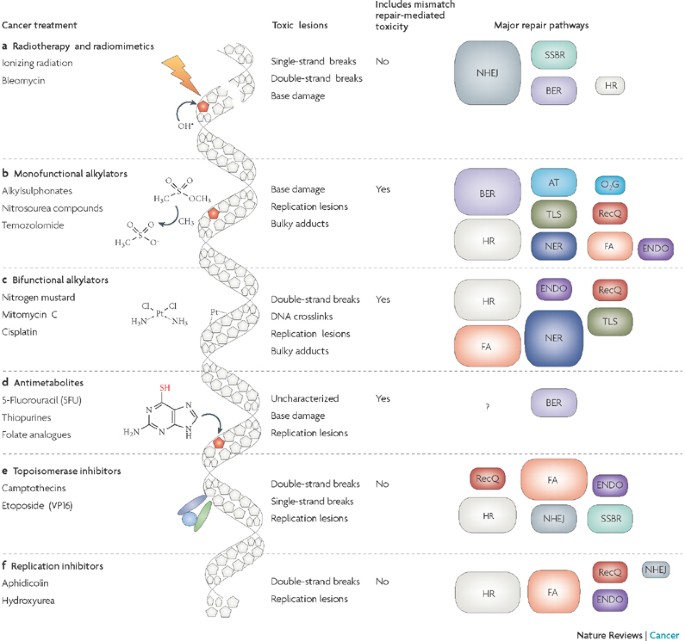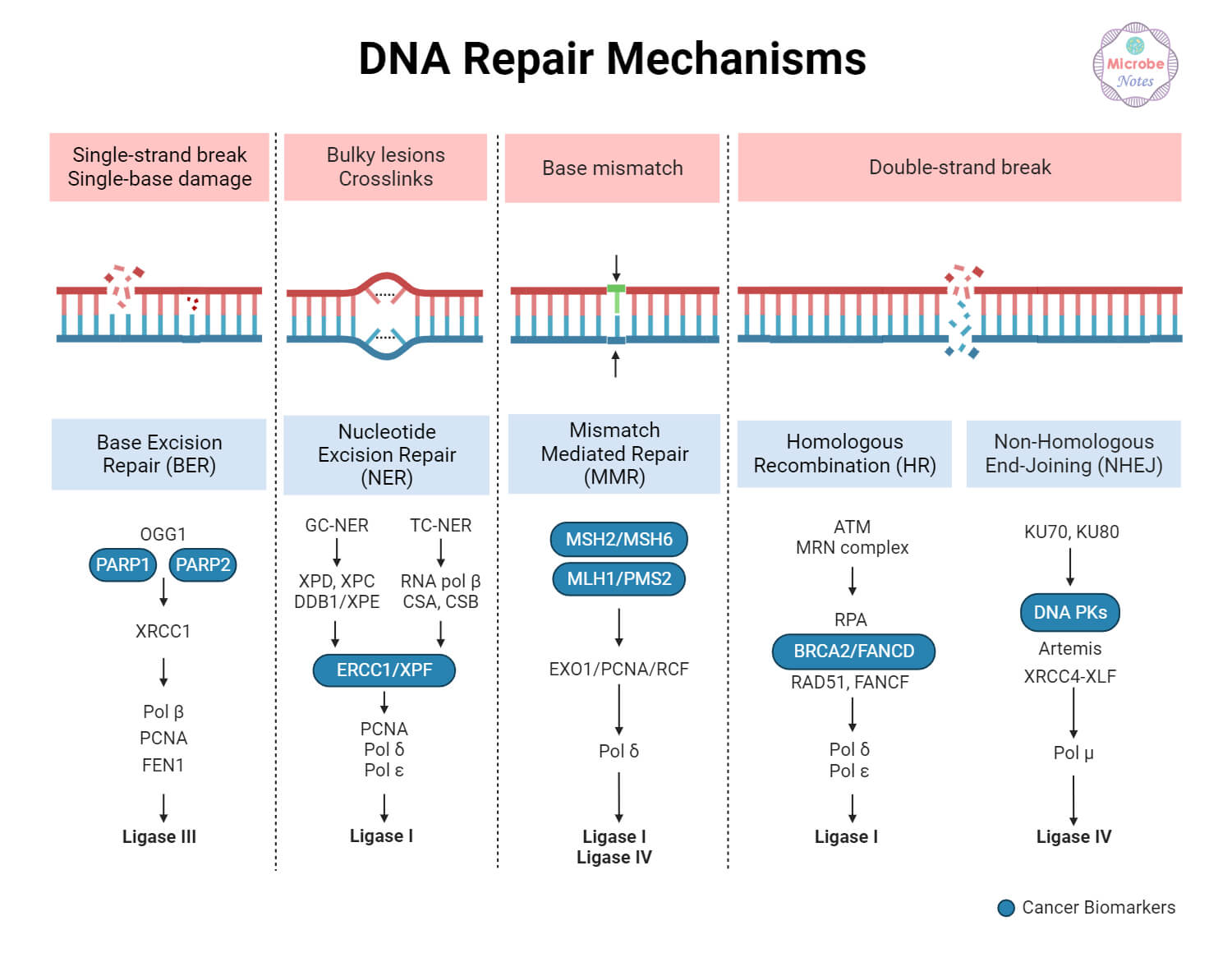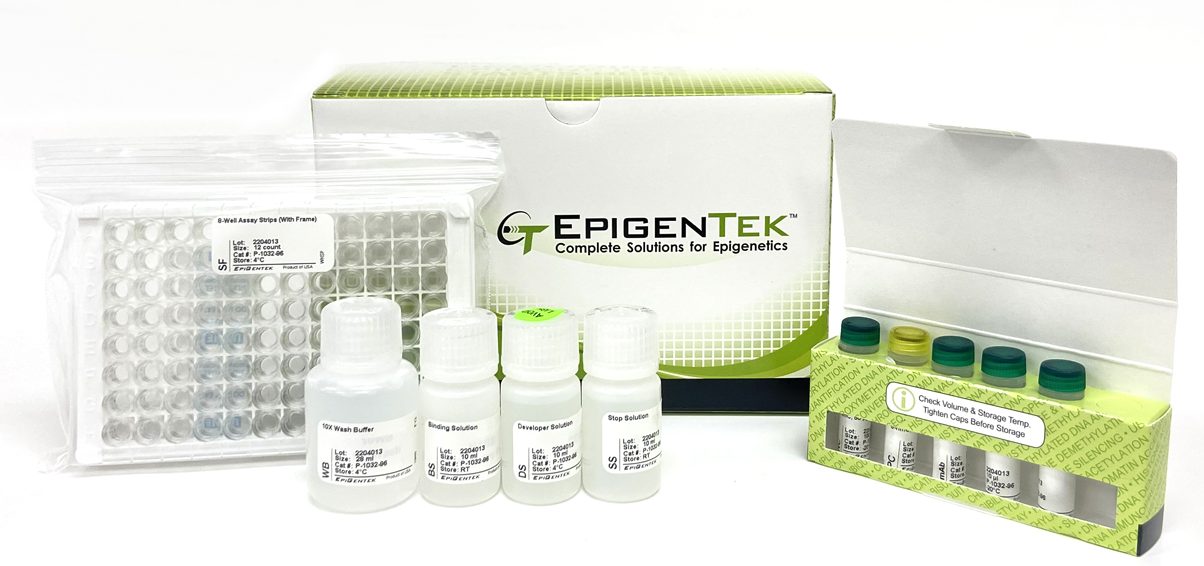DNA repair through homologous recombination involves the RAD51 protein and the RecA protein. These proteins are pivotal in cancer research and genetics for their role in maintaining genomic stability.
Understanding the mechanisms of DNA repair, particularly homologous recombination, is essential in the realm of genetics and biology. This process is critical for the repair of double-stranded DNA breaks, with the RecA protein in bacteria and its eukaryotic counterpart, RAD51, playing a central role.
These proteins help to align and pair homologous DNA sequences, allowing the damaged strands to be repaired using a sister chromatid as a template. The integrity of the DNA repair system is crucial, as malfunctions can lead to cancer development. Consequently, research into RAD51, RecA, and other associated proteins provides insights into cancer prevention and therapy, pushing the boundaries of our genetic knowledge and the development of innovative medical treatments.

Credit: www.nature.com
DNA Repair Mechanisms
DNA repair preserves the genetic information critical for life. Cells possess intricate repair pathways to correct DNA damage. Here, we focus on homologous recombination and essential DNA repair proteins that prevent mutations and combat diseases like cancer.
Homologous Recombination
Homologous recombination is a vital DNA repair process. It happens when a DNA strand breaks. The cell uses a similar DNA strand as a template to fix it. This mechanism is precise and ensures genetic stability.
- RecA and Rad51 are proteins that help in this repair.
- They search for the correct DNA template.
- They then pair the broken DNA with the template DNA.
| Protein | Function in Repair |
|---|---|
| RecA | Helps in strand exchange |
| Rad51 | Forms a filament on DNA |
DNA Repair Proteins
DNA repair proteins are the guardians of the genome. They constantly scan DNA for errors and fix them. Without these proteins, cells could become cancerous.
Some well-known DNA repair proteins include:
- RecA directs the repair process
- Rad51 stabilizes the DNA structure
- Other proteins like BRCA1 and PARP1 provide support
Scientists study these proteins to understand how they work. This research can lead to new cancer treatments.

Credit: m.youtube.com
Homologous Recombination
Homologous recombination plays a crucial role in DNA repair, utilizing the RAD51 and RecA proteins to mend genetic damage. Its significance extends into cancer research and genetics, providing insights into cellular biology and potential therapeutic targets.
Introduction to Homologous Recombination
Introduction To Homologous Recombination
Homologous recombination is vital for cell survival. It fixes broken DNA strands. Genetics and biology show us this process is key to preventing cancer.
Process of Homologous Recombination
Process Of Homologous Recombination
DNA breaks can be scary for cells. Homologous recombination works like a healing tool. It starts with finding a DNA twin. Then, it copies and fixes the damage neatly.
- Search: The broken DNA looks for a match.
- Pair: The DNA strands pair up with their twins.
- Copy and Repair: The broken strand uses the twin to repair itself.
Role of RecA Protein
Role Of Reca Protein
The RecA protein is like a superhero for DNA. It helps broken DNA strands find their matches. It’s the hero in the world of cancer research.
- RecA protein clings to the broken DNA.
- It scans for a DNA match.
- When it finds one, it brings them together.
Role of RAD51 Protein
Role Of Rad51 Protein
In humans, RAD51 takes over RecA’s job. It helps repair DNA and keeps our cells healthy. Cancer research relies on understanding RAD51.
| Function | Importance |
|---|---|
| Pairing DNA twins | Prevents mistakes in DNA repair |
| Guiding repair | Helps fight cancer |
DNA Repair Proteins
DNA Repair Proteins play a significant part in genetics and biology. They help maintain the integrity of our genetic code by fixing any DNA damage. These elements include RecA, Rad51, and Homologous Recombination process, all of which serve necessary roles in DNA repair and cancer research.
Functions Of DNA Repair Proteins
The primary role of DNA Repair Proteins is to fix any DNA damage. This damage can occur due to environmental factors like radiation or from normal metabolic activities in the cell. These proteins have various methods of action RecA and Rad51 are such essential proteins. They assist in the Homologous Recombination process for DNA repair.
- RecA Protein: RecA is a protein vital for the repair and maintenance of DNA. It catalyzes unidirectional branch migration, enabling completion of recombination.
- Rad51 Protein: Rad51 aids in DNA strand invasion, a critical step in the homologous recombination process.
Role In Cancer Research
In cancer research, the DNA repair proteins are of significant interest. Researchers believe that understanding these proteins’ actions could lead to advancements in cancer treatment.
- Genetics and Cancer: Genetic mutations that hinder the function of DNA repair proteins can lead to uncontrollable cell growth, a hallmark of cancer.
- Therapeutic Implications: Drugs that target these proteins can make cancer cells vulnerable to treatments, improving patient outcomes.

Credit: microbenotes.com
Cancer Research
Examining the domain of Cancer Research, substantial attention is shed on the interrelation of DNA Repair, Homologous Recombination, RecA, Protein, Rad51. It’s clear that advancements in Genetics and Biology have unlocked powerful insights into cancer prevention, diagnosis, and treatment.
Link Between Dna Repair And Cancer
DNA Repair and Homologous Recombination play critical roles in maintaining genomic stability. The proteins RecA and Rad51 are particularly important, facilitating the accurate repair of DNA double-strand breaks. Any malfunction in this repair pathway can contribute to cancer development by increasing genetic instability.
Impact Of DNA Repair Mutations On Cancer
Mutations in DNA Repair genes can increase the risk of cancer. In particular, germline mutations of the Rad51 gene, a key player in Homologous Recombination, have been associated with exposure to danger of cancer syndromes. Patients carrying these mutations are predisposed to a higher cancer risk, emphasising the importance of these proteins in cancer prevention.
Targeting DNA Repair In Cancer Treatments
Due to the significant role of DNA Repair in cancer, it is a potential target for anticancer therapies. Drugs that inhibit the function of key proteins like RecA and Rad51 can potentially damage the DNA of cancer cells, leading to their death. Therefore, personalizing cancer treatment based on the patient’s DNA repair capacity can make therapies more effective.
Genetics And Biology
DNA repair is a cornerstone concept in genetics and biology, critical for maintaining the integrity of genetic material in all organisms. As living things evolve and grow, their DNA faces constant environmental and metabolic assaults. Thankfully, cells are equipped with repair systems that can correct damaged DNA. Two proteins, RecA and Rad51, play pivotal roles in the homologous recombination process, an essential DNA repair pathway. This pathway is significant in understanding how errors in DNA repair can lead to cancer, positioning cancer research at the intersection of genetics and biology.
Genetic Basis Of DNA Repair
Every cell contains DNA repair genes responsible for fixing DNA damage. When these genes fail, harmful mutations accumulate, sometimes leading to cancer. The genetic basis of DNA repair is an area of intense research focus. Scientists are studying genes like BRCA1, BRCA2, and p53 for their role in maintaining DNA integrity.
- Homologous Recombination: A process where RecA and Rad51 proteins repair broken DNA strands using a sister chromatid as a template.
- Base Excision Repair: Cells fix small, non-helix-distorting base lesions through this method.
- Nucleotide Excision Repair: This pathway repairs bulky helix-distorting lesions, often resulting from ultraviolet light.
Evolutionary Conservation Of DNA Repair Mechanisms
DNA repair mechanisms are remarkably conserved across species. They have been perpetuated through billions of years of evolution. This points to the critical nature of these processes for survival. RecA, found in bacteria, and its eukaryotic counterpart Rad51, share significant functional similarities. They both facilitate the search for homology and strand pairing during the repair process.
| Organism | DNA Repair Protein |
|---|---|
| Bacteria | RecA |
| Yeast | Rad51 |
| Humans | Rad51 |
Researching these ancient mechanisms not only tells us about our past but also informs medical advances. Understanding how DNA repair works at the most basic level can lead to targeted treatments for diseases like cancer. In turn, this could help develop personalized medicine approaches, directly applying insights from genetics and biology.
Frequently Asked Questions For DNA Repair, Homologous Recombination, Reca, Protein, Rad51, Cancer Research, Genetics, Biology
What Does Rad51 Do In Homologous Recombination?
Rad51 plays a key role in homologous recombination by binding single-stranded DNA, assisting in DNA-pairing, and promoting strand exchange processes. This aids in DNA repair and genomic stability.
What Is The Role Of Rad51 Mutation In Cancer Development?
Rad51 mutation disrupts DNA repair process, leading to genomic instability. This instability can trigger uncontrolled cell growth, often seen in cancer development. Unrepaired DNA damage enhances chances of malignant transformations.
What Is The Homologous Recombination Process For DNA Repair?
Homologous recombination is a DNA repair process where a damaged DNA strand pairs with an identical undamaged sequence to guide accurate repair.
What Is The Role Of Reca Protein In Homologous Recombination?
The RecA protein facilitates the search for homology and strand exchange during DNA homologous recombination repair.
Conclusion
This exploration of DNA repair, homologous recombination, RecA protein, and RAD51 unlocks pivotal insights in cancer research, genetics, and biology. These genetic mechanisms play a quintessential role in maintaining DNA integrity and stability. Comprehending these processes is essential to forge ahead in the fields of genetics and cancer research.
This understanding creates a path towards effective therapeutic interventions, contributing to the broader spectrum of scientific advancement.

